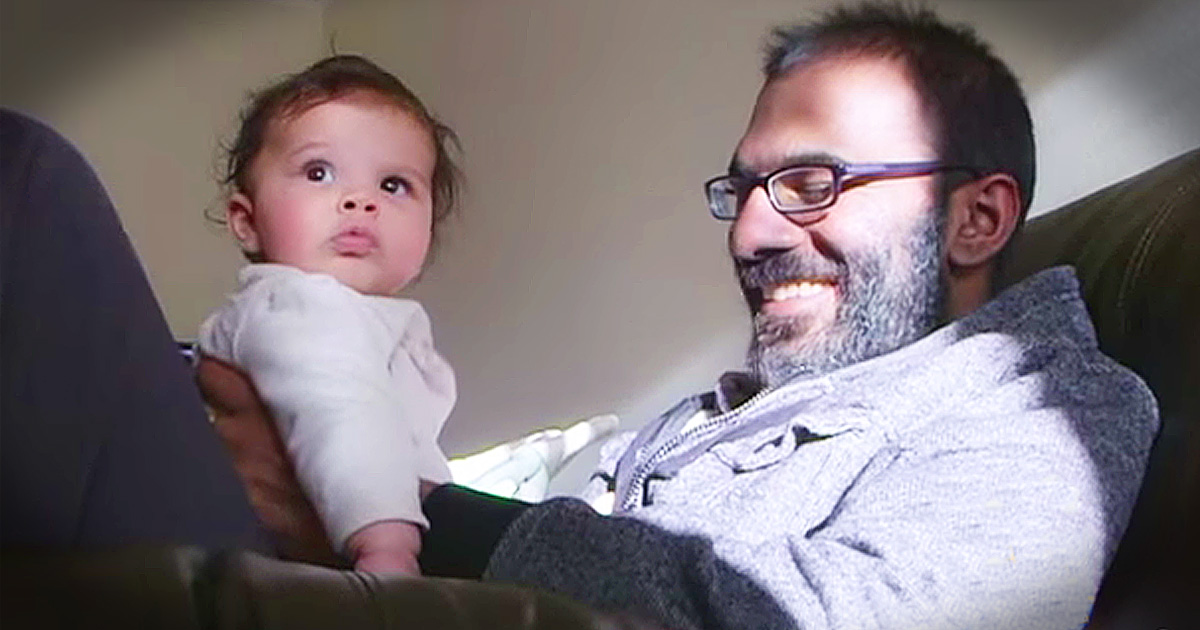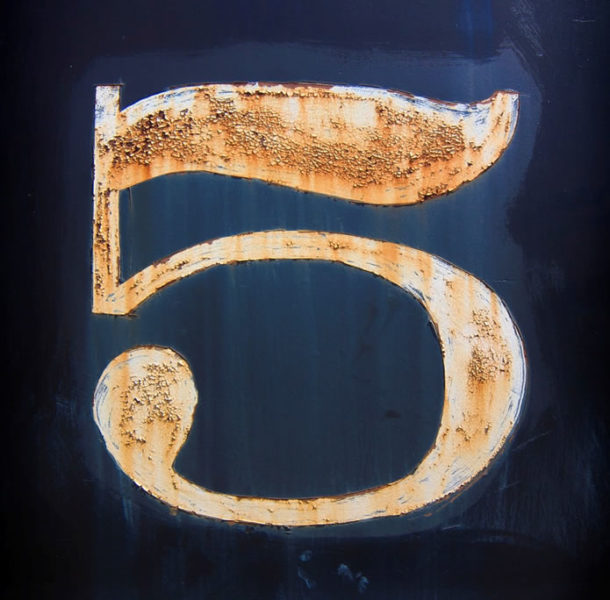
Paul Kalanithi was a young Stanford neurosurgeon who died March 9, 2015 from lung cancer. Some of you may have read his New York Times essay “How Long Have I Got Left.” Possibly you have read his book Breath Becomes Air (which has close to 9,000 reviews on Amazon) which his wife Lucy published after his death. Or maybe you read Lucy’s NYT’s interview about how the book came about. All good stuff to look into when you have moment.
This week I am featuring Lucy’s response to receiving snail mail condolence notes and cards. It is refreshing, sweet and to the point. And what a wonderful idea to have children participate.
How to Write a Condolence Note
From blog “Cup of Jo” By Joanna Goddard
This past spring (…) my brother-in-law Paul died of lung cancer. My sister, Lucy, was flooded with condolence cards and flowers. “I loved every single card,” she said, “Just getting a card felt so good.” Yet a few things stuck out as especially touching. We spoke on the phone this week, and she shared what she has learned…
Snail mail a card. Every email, phone call, everything was wonderful; I was astounded by how kind people were. Physical cards were especially nice to hold onto. I didn’t care at all what the card looked like. I have them in a basket in our living room and see them every day.
Describe how you can help. I was so grateful when people said, “Let us know if there’s anything we can do.” But when people offered specifics, it felt even easier for me to take them up on their offers. One friend wrote, “If you ever want to come over, we can grill and make grapefruit mojitos; we’d love to see you and there’s nothing we wouldn’t do for you.”




